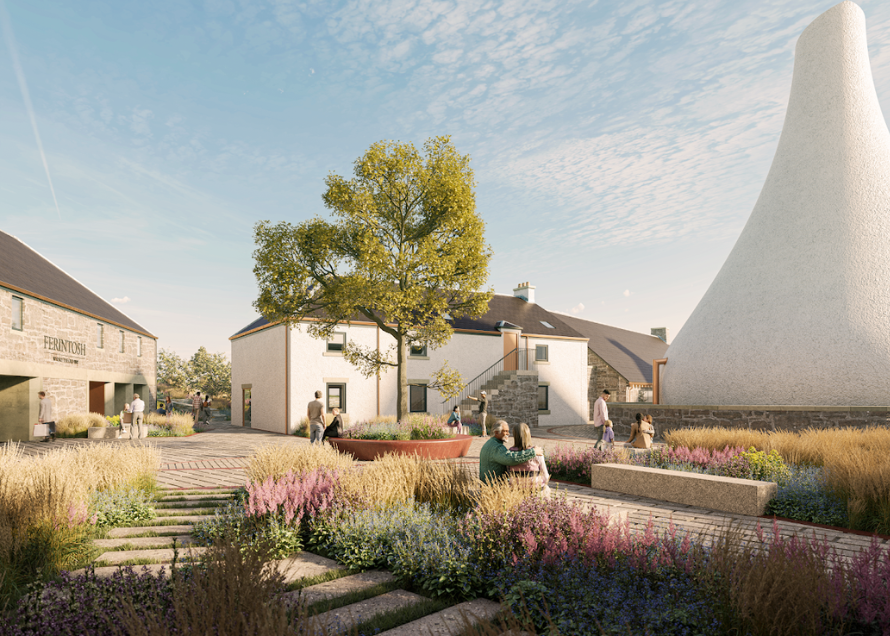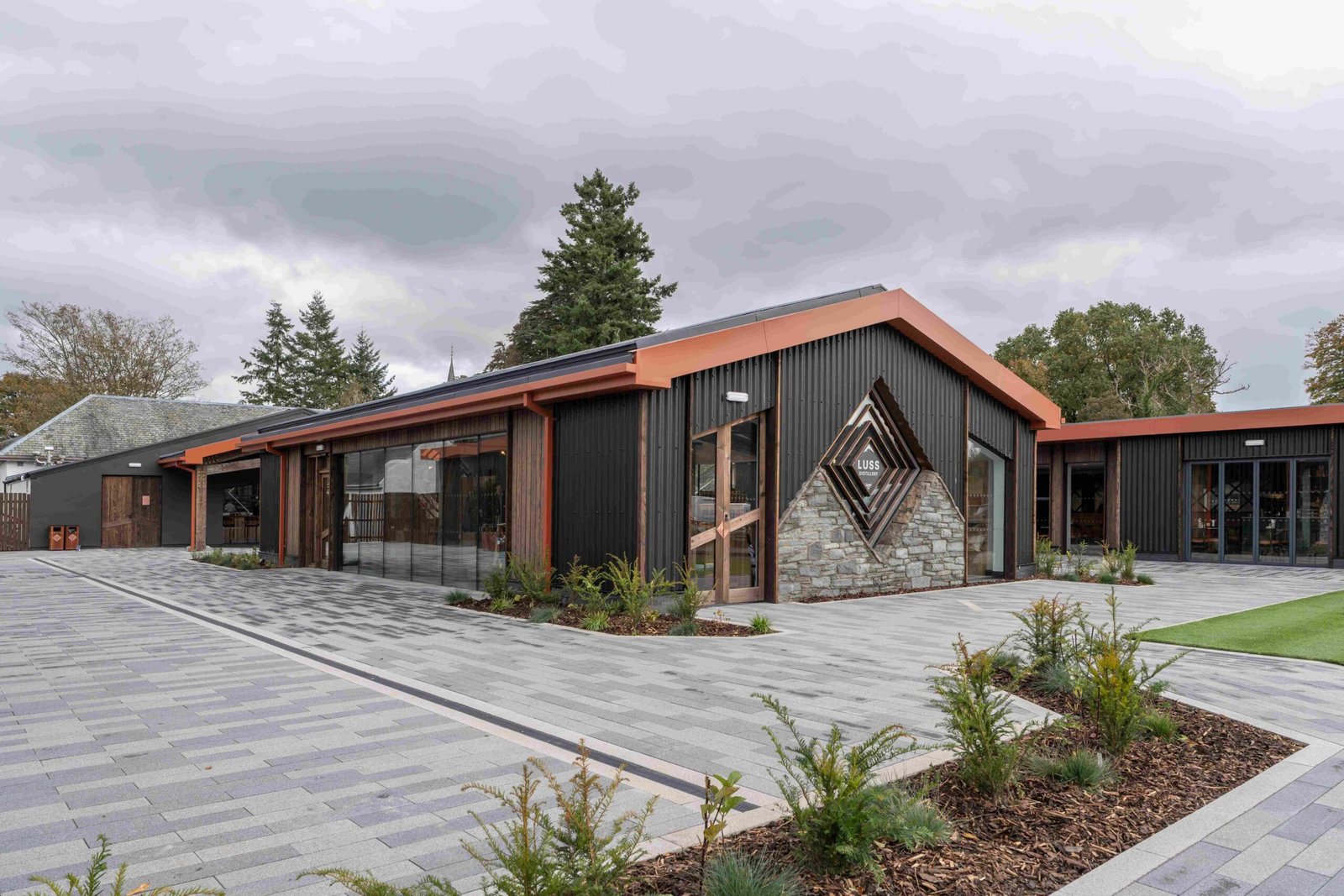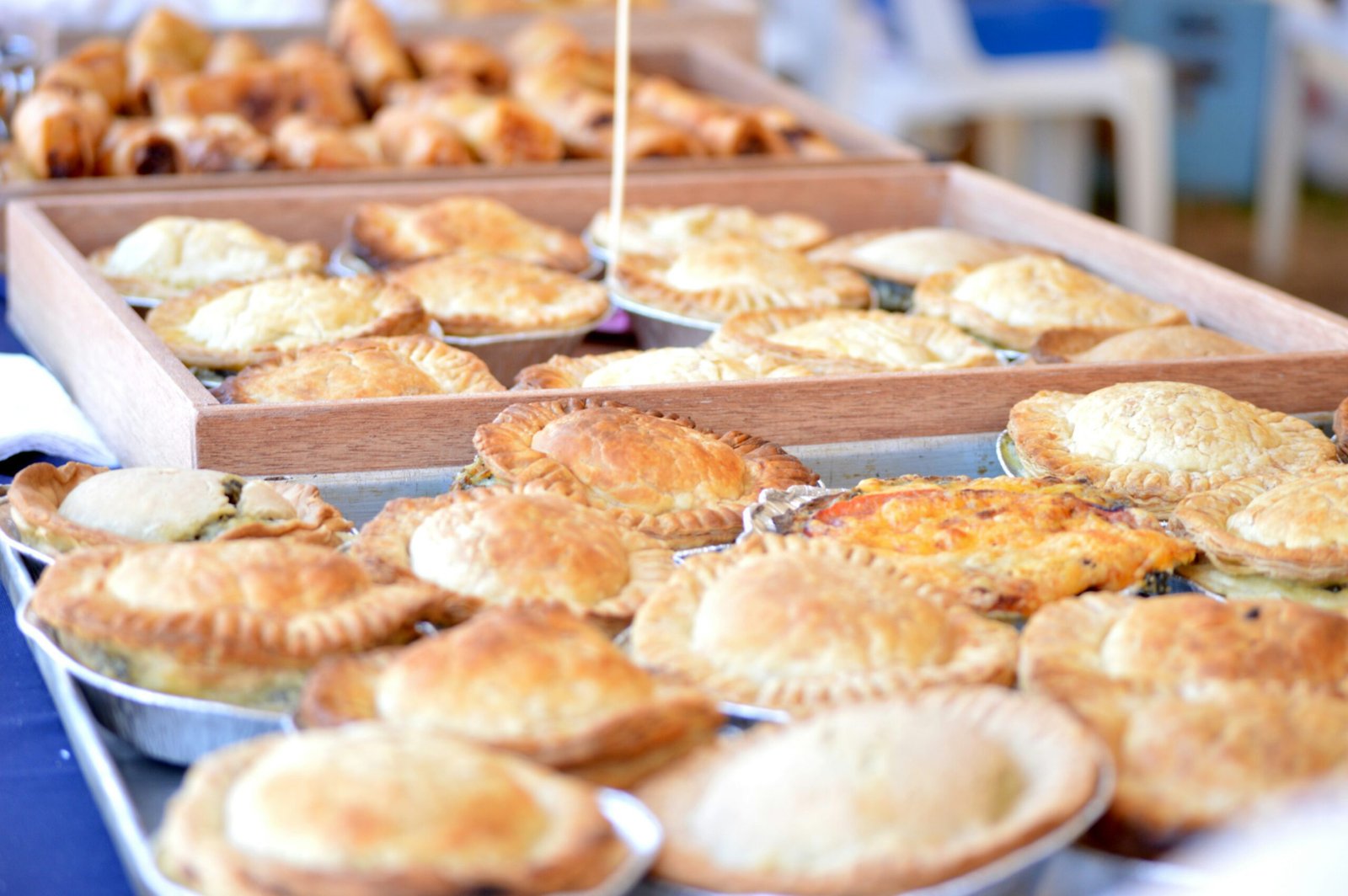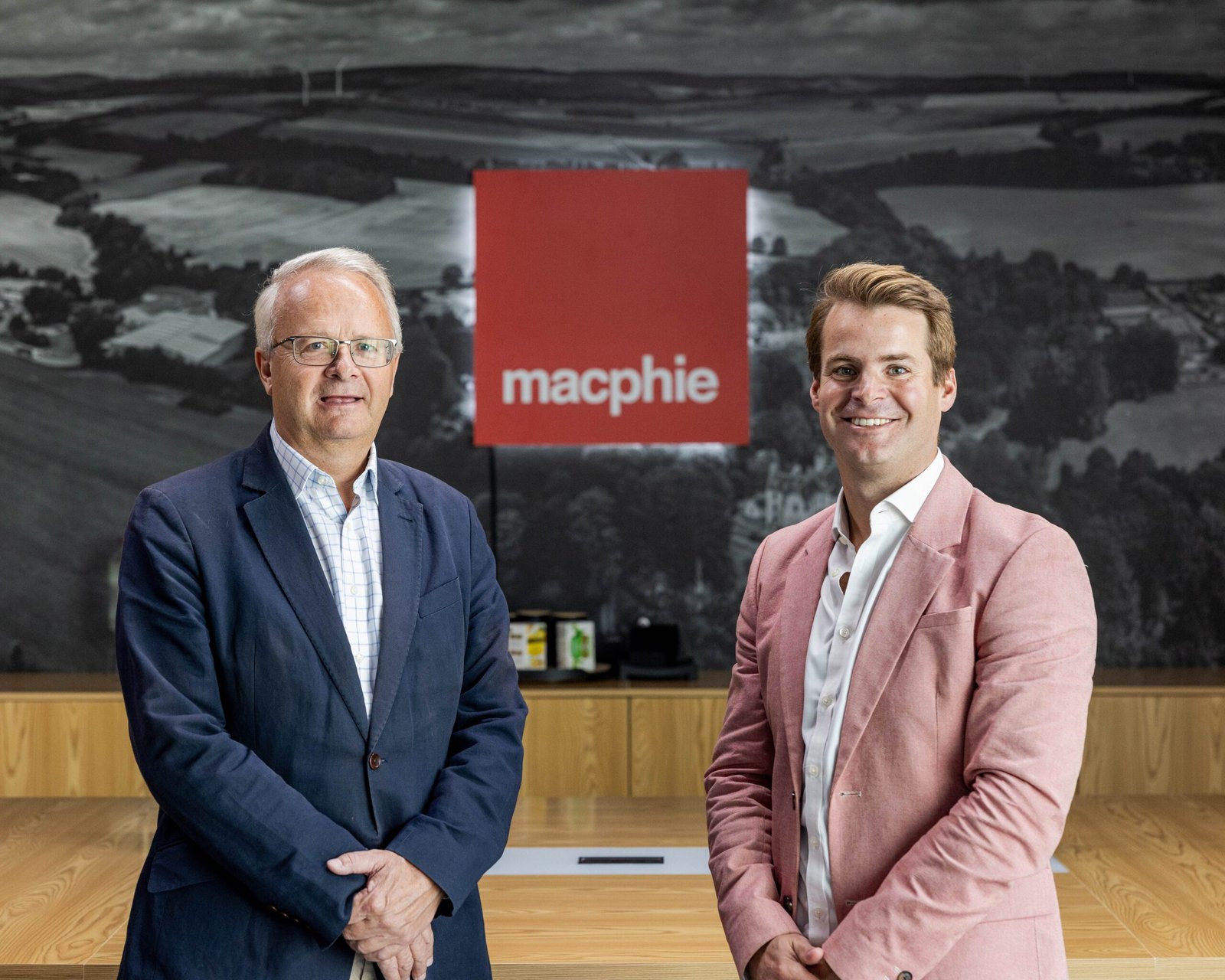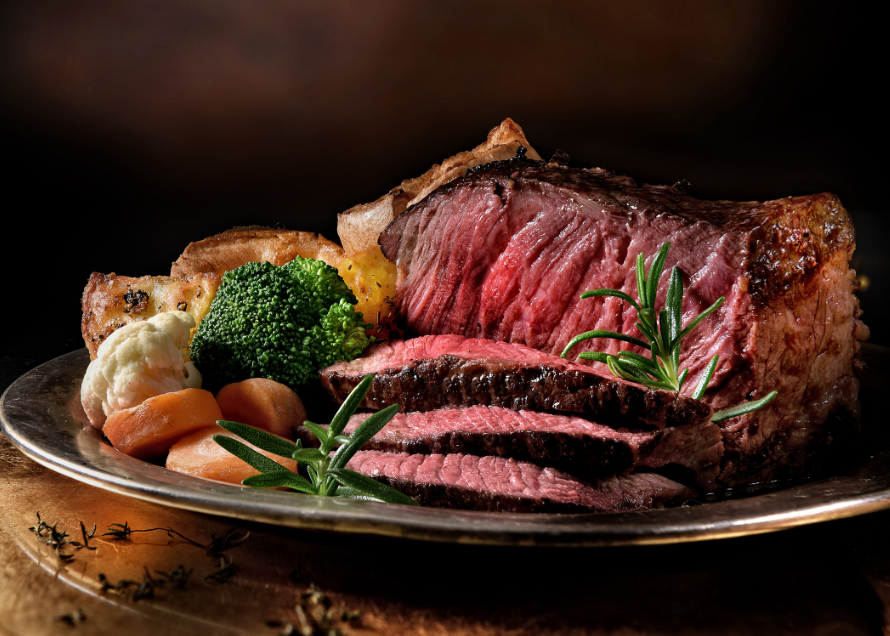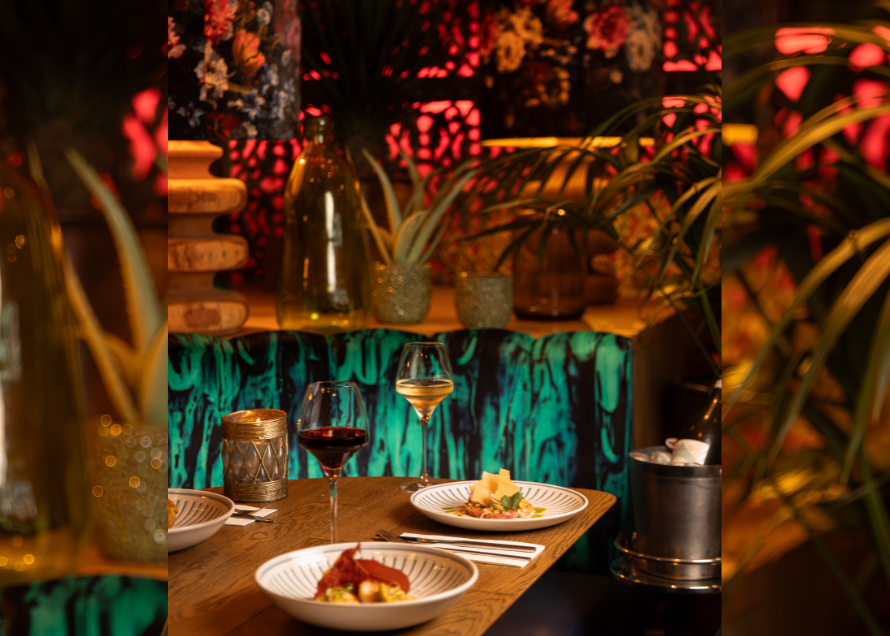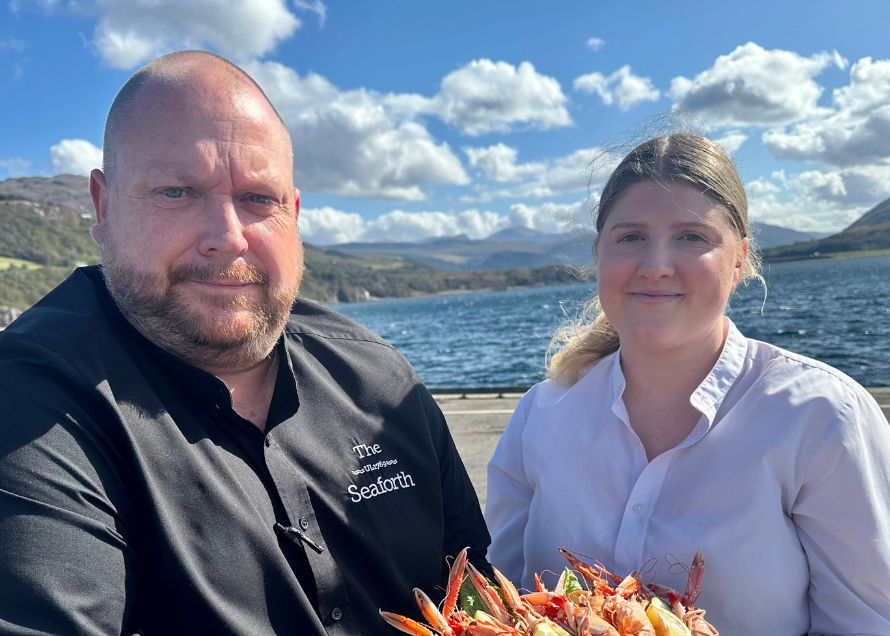Sustainable distilling experts Organic Architects submitted a planning application to Highland Council last week for a new whisky distillery, visitor centre, and warehouse on Mulchaich Farm, located in the district of Ferintosh on the Black Isle, on Thursday, 13 February.
The proposal intends to bring distilling back to the heart of this once legendary whisky producing region of the 18th century – to start the production of ‘Ferintosh’ whisky again.
The Ferintosh area was once the largest producer of Scotch. In the late 18th century, one thousand people were employed in the local distilling industry, with few left to farm the land. It is widely thought that Bonnie Prince Charlie drank Ferintosh whisky following his defeat at Culloden.
Bari Reid, Director at Organic Architects, commented: “Local tradition and archaeological evidence suggests that the ruins at Mulchaich Farm are the remains of one of the original Ferintosh distilleries.
“Today nothing remains of this lost region which was once Scotland’s biggest whisky producer and the site is used for sheep-grazing as part of the farmland at Mulchaich.
“The history of the site is the very reason for this proposal coming about, and the research that was carried out for this application has proven that there was distillation on this site.”
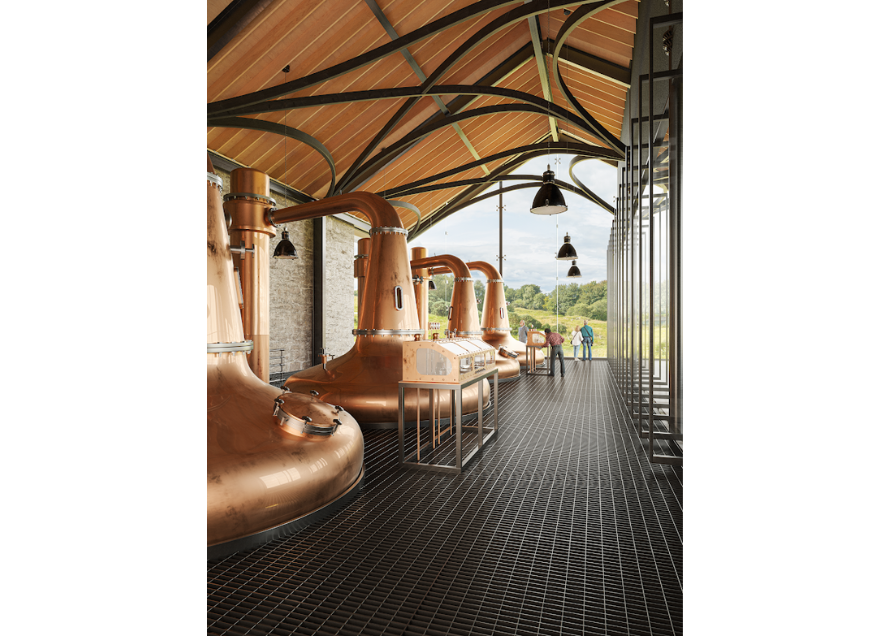
Ferintosh whisky enjoyed a booming whisky trade in the 1700’s as a result of a unique tax break granted to the landowner by the King. The local whisky industry collapsed after this privilege was withdrawn in 1786, as lamented in Robert Burns’ poem Scotch Drink:
Thee Ferintosh! O sadly lost!
Scotland, lament frae coast to coast!
Now colic grips, an’ barkin’ hoast
May kill us a’;
For loyal Forbes’ charter’d boast
Is ta’en awa!’.
Susan Brook, Director at Buildings Archaeology Ltd, explained: “In 1670 the Ferintosh and Bunchrew estates were acquired by the Forbes of Culloden family and in 1690 Duncan Forbes of Culloden (1644 – 1704) secured ‘The Privilege’ of distilling whisky free of duty on his Ferintosh Estate for services rendered to the Crown during the religious unrest of the late 17th century.
“The privilege was enjoyed by the Forbes family without interruption until 1786 on payment of 400 merks annually.
“They continued to support the Crown at great expense to themselves throughout the turbulent times of the 1715 and 1745 Jacobite rebellions.
‘The privilege produced an immediate boom in the production of the spirit and Ferintosh whisky became increasingly popular and important, both because of its quality and its price.
“Other landowners protested at this unfair privilege but they were not successful and, by 1761, grain was being brought not only from neighbouring districts but also from more distant parts of Scotland to feed production.
“The distillery buildings expanded and production grew dramatically, from 41,200 gallons in 1763 to 123,900 gallons in 1780. In 1782 a warehouse specifically for the Ferintosh spirit was opened in London in order to distribute increasing amounts of spirit being sent to England.
“A large distillery, which produced over 5,000 gallons of spirits in 6 months, is reported as being constructed at Ferintosh in 1782.
“This was the last straw; there was an outcry from the Lowland distillers against the flood of whisky produced in Ferintosh resulting in the privilege being withdrawn.”
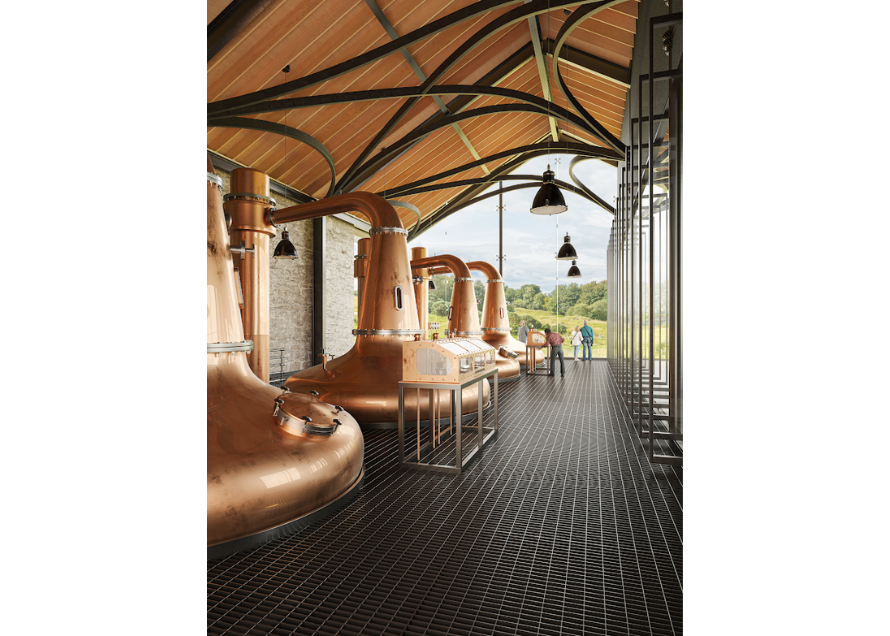
Bari Reid, Director at Organic Architects, commented: “The re-birth of Ferintosh whisky production here is a momentous occasion for Scotland and will bring numerous benefits to the local community.
“The distillery will allow visitors to discover the rich history of this Black Isle district which has been touched by the Jacobite rebellion, the Highland clearances and contained one of the first legal distilleries in Scotland.
You Might Also Like:
“Given the significance of the archaeology on the farm, local archaeologists and Historic Environment Scotland have been consulted as the design work has progressed.
“We look forward to continuing to work with them, as well as the local farmer and community, to resurrect the infamous Ferintosh whisky.”
Subject to planning application approval, the distillery is set to create up to thirty skilled jobs.


